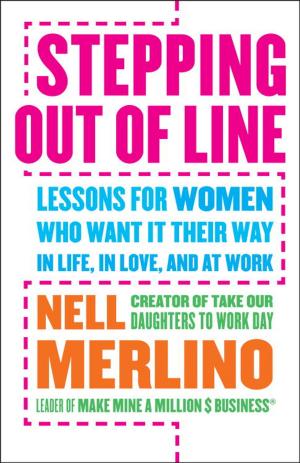How to Write Fiction
Busy Writer's Guides Set 1
Nonfiction, Reference & Language, Language Arts, Writing & Publishing, Authorship, Writing Skills, Reference| Author: | Marcy Kennedy | ISBN: | 9781988069128 |
| Publisher: | Tongue Untied Communications | Publication: | August 1, 2016 |
| Imprint: | Language: | English |
| Author: | Marcy Kennedy |
| ISBN: | 9781988069128 |
| Publisher: | Tongue Untied Communications |
| Publication: | August 1, 2016 |
| Imprint: | |
| Language: | English |
Three essential writing resources in one set! Save 20% over buying them individually.
Experienced fiction editor Marcy Kennedy’s has put her most popular Busy Writer’s Guides together. Showing and telling, deep point of view, and internal dialogue are foundational skills you need to master to create vivid fiction that engages the reader emotionally.
The books in this set put writing craft techniques into plain language alongside examples so you can see how that technique looks in practice. In addition, you’ll receive tips and how-to exercises to help you apply what you learn to the pages of your own story. Most importantly, every book in the Busy Writer’s Guide series cuts the fluff so that you have more time to write and to live your life.
In this box set you’ll find…
SHOWING AND TELLING IN FICTION
Showing and Telling in Fiction will help you clearly understand the difference between showing and telling, provide you with guidelines for when to show and when to tell, and give you practical editing tools for spotting and fixing telling in your writing.
DEEP POINT OF VIEW
Do you want readers to be so caught up in your book that they forget they’re reading? Then you need deep POV. Deep POV places the reader inside of our characters—hearing their thoughts, feeling their emotions, and living the story through them. In Deep Point of View, you'll learn specific, practical things you can do to take your fiction to the next level with deep POV.
INTERNAL DIALOGUE
Internal dialogue is one of the most powerful tools in a fiction writer’s arsenal. It’s also one of the least understood and most often mismanaged elements. In Internal Dialogue, you'll learn the difference between internal dialogue and narration, how to format internal dialogue, how to balance it with external action, how to use it to advance your story, and much more.
Three essential writing resources in one set! Save 20% over buying them individually.
Experienced fiction editor Marcy Kennedy’s has put her most popular Busy Writer’s Guides together. Showing and telling, deep point of view, and internal dialogue are foundational skills you need to master to create vivid fiction that engages the reader emotionally.
The books in this set put writing craft techniques into plain language alongside examples so you can see how that technique looks in practice. In addition, you’ll receive tips and how-to exercises to help you apply what you learn to the pages of your own story. Most importantly, every book in the Busy Writer’s Guide series cuts the fluff so that you have more time to write and to live your life.
In this box set you’ll find…
SHOWING AND TELLING IN FICTION
Showing and Telling in Fiction will help you clearly understand the difference between showing and telling, provide you with guidelines for when to show and when to tell, and give you practical editing tools for spotting and fixing telling in your writing.
DEEP POINT OF VIEW
Do you want readers to be so caught up in your book that they forget they’re reading? Then you need deep POV. Deep POV places the reader inside of our characters—hearing their thoughts, feeling their emotions, and living the story through them. In Deep Point of View, you'll learn specific, practical things you can do to take your fiction to the next level with deep POV.
INTERNAL DIALOGUE
Internal dialogue is one of the most powerful tools in a fiction writer’s arsenal. It’s also one of the least understood and most often mismanaged elements. In Internal Dialogue, you'll learn the difference between internal dialogue and narration, how to format internal dialogue, how to balance it with external action, how to use it to advance your story, and much more.















